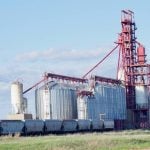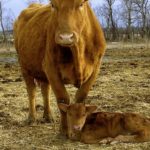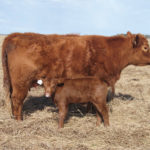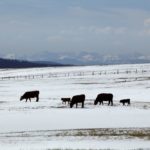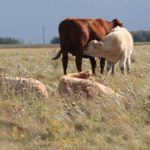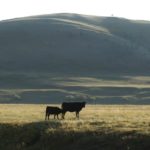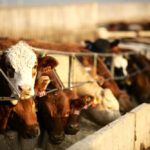Resistance among internal parasites to broad-spectrum cattle wormers is emerging in Canada and experience in other countries leaves no reason to believe the problem won’t worsen. On the brighter side, producers here still have a fighting chance to retain the efficacy of available cattle wormers by combining parasite control strategies, says epidemiologist Dr. Fabienne Uehlinger […] Read more
